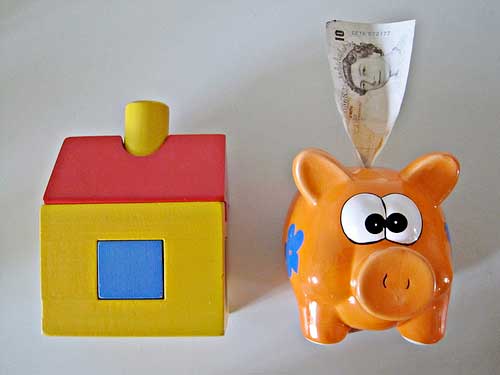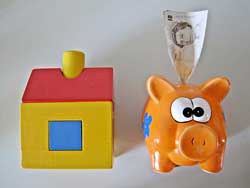Moves by the government to aid first-time buyers and cool the Buy to Let market saw a number of tax changes over the last couple of years.
Since April 2016 a 3 percent surcharge on buy to let or second homes was added to stamp duty as well as changing the tax to a progressive system where taxes are apportioned to each band rather than calculated solely on rate the sale price is caught in.
Additionally changes to tax reliefs were applied, initially on wear and tear allowances in 2016, and since April this year the amount of mortgage interest claimable as a cost against tax is in a phased fall.
The introduction of the above changes were pushed as the cause for the cooling of the housing market with slow growth in prices since 2015. This was mainly attributed to the stamp duty surcharge and slow down of property transactions in the rental sector.
Research of sold house prices comparing July 2014 to July 2015 with July 2016 to July 2017 however shows the following statistics:
| Date Period | Transactions |
|---|---|
| Jul 2014-2015 | 970,715 |
| Jul 2016-2017 | 968,746 |
Transactions levels pre- and post-changes remain more or less even - only a 0.2% dip - putting in question whether there has been any effect by the tax and duty changes as yet.
The average sale price indicates another interesting change:
| Date Period | Average Sale Price |
|---|---|
| Jul 2014-2015 | £286,056 |
| Jul 2016-2017 | £331,039 |
The average transaction value (sale price) has increased by around 16 percent in the same time period - two years.
Estimates show that the Treasury has actually taken in an extra £2 billion in stamp duty between to the two time periods.
The phasing out of mortgage interest as a fully allowable tax relief still has another 3 years to run so checking these figures over the next few years will give a clearer indication of the success of the government's strategy.
Note. The figures provided by the Land Registry can only distinguish buy to let properties if they were acquired since 2011 with a specialist buy to let mortgage.



